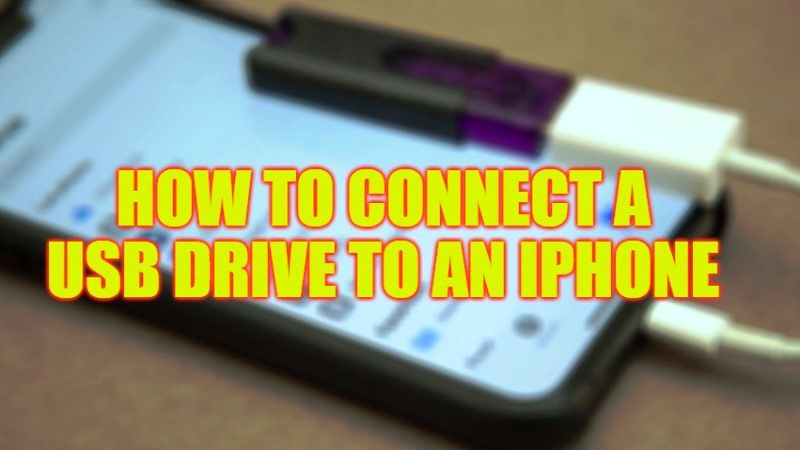The vast majority of accessories in the universe take advantage of the USB port, on iPhone and iPad however, apart from the iPad Pro and the iPad Air 4, there is almost always a Lightning connector. However, connecting a USB stick, hard disk or SD memory is very simple with the Apple smartphone, you just have to choose the right adapter. The good news is that, once an external memory is connected to a device with iOS 13 or later, it is not necessary to install any additional apps. Apple devices already have everything they need to read and write data. In this guide, I will explain to you in detail how to connect a USB drive to an iPhone in the simple steps below.
iPhone: How to Connect a USB Drive (2023)

For Apple iPhones and iPad tablets, it makes no difference whether you connect hard drives, USB sticks, micro-SD cards, hubs, Ethernet adapters, audio and MIDI interfaces, or even external SSDs; all standard photo formats are natively supported, including JPEG and RAW, and SD and HD video formats such as H.264 and MPEG-4. And if you install specific apps, you can access virtually any file type, even the most exotic formats.
The important thing is to use an equipment that acts as a bridge between the two. You can use the Apple Lightning to USB 3 Camera Adapter to fill the gap, but probably any other third-party product will work just as well.
USB-C to USB A
As already mentioned, iPad Pro already includes a USB-C port, and since many modern storage devices have already adopted this standard, there is actually no need to do it, just plug and play. In the case of devices or accessories with the old USB-A, however, another type of adapter is required.
If desired, Apple offers the Multiport from USB-C to digital AV which, however, costs approximately $49.09 in the list, it’s available on Amazon, but if you ask us, it’s much better to focus on a third-party counterpart.
How to Access Files
To read, modify, copy, and share the files contained on the USB stick, simply connect the latter and open the File app (if you don’t have it, you can download it from this page of the App Store), and touch the Browse button at the bottom left to start navigating through documents and folders.
This solution is very useful, even at the time of iCloud, for carrying around Terabytes of data, photos, documents, renderings, and movies, without having to worry about the presence/speed of Internet access. And then it allows you to make on-the-fly camera roll backups at any time. And this advantage is priceless.
